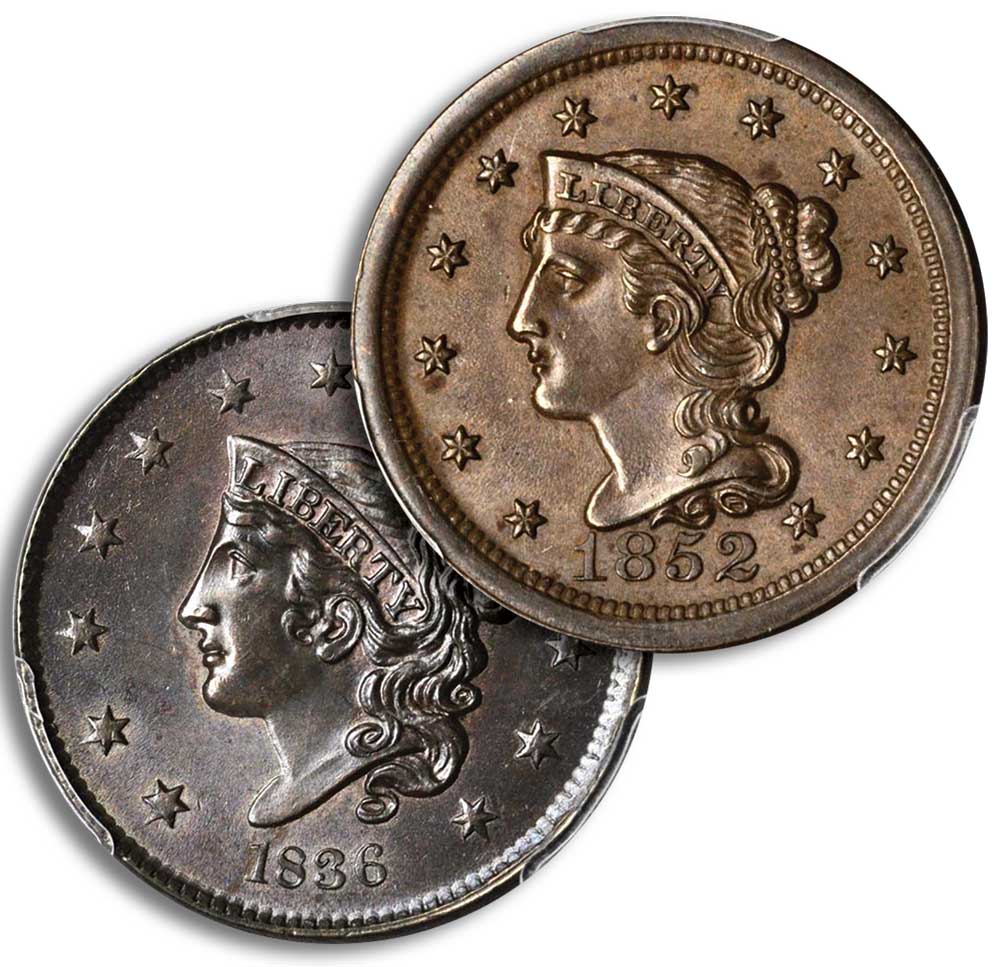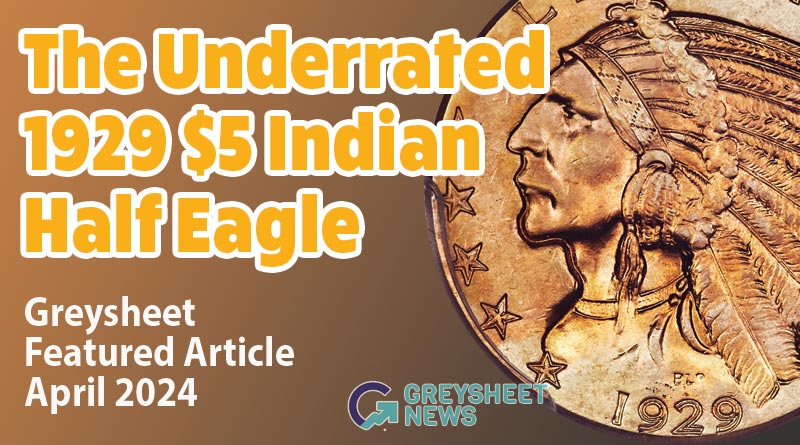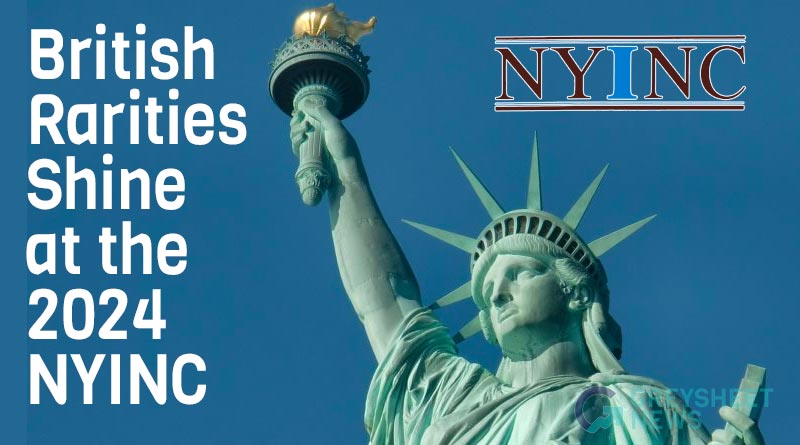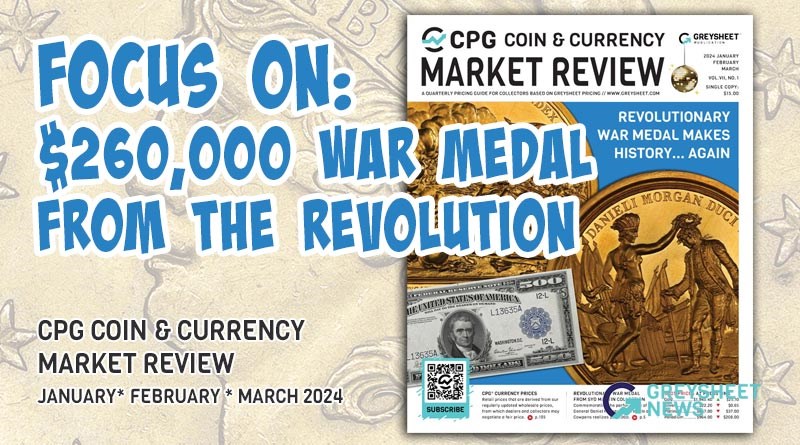Building a Type Set of Middle-Date and Late-Date Large Cents (1816-1857)
Collecting these large cents by type is extremely easy. Such a type set requires just three coins and is an excellent way for beginners and budget-minded collectors to learn about and enjoy classic U.S. coins while spending very little money. A date collection, by contrast, is much more complicated and interesting.
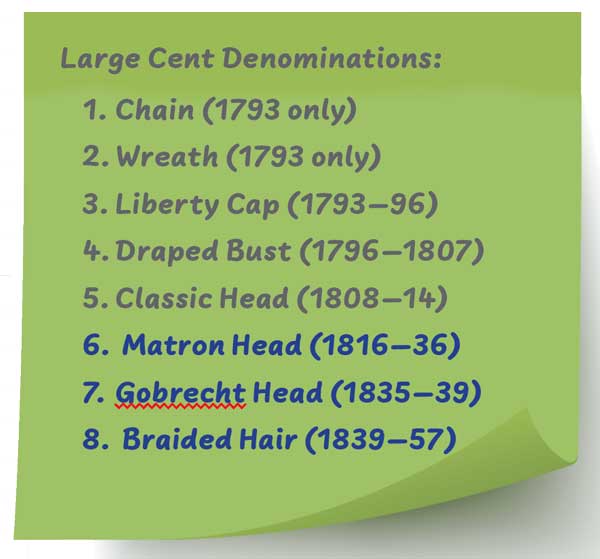
Check-list of the major U.S. large cent varieties
Collecting Middle Date (1816-39) and Late Date (1839-57) large cents ‘by type’ is extremely easy. Such a type set requires just three coins. This is an excellent way for beginners and budget-minded collectors to learn about and enjoy classic U.S. coins while spending very little money. Many type coin collectors later decide to collect one or more series ‘by date.’
Middle Date or even Late Date cents are sometimes called “Coronet Cents,” though this is a problematic term. At dictionary.com, the first three definitions of “coronet” are awkward in the context of the U.S. political climate, “(1) a small crown, (2) a crown worn by nobles or peers, (3) a crownlike ornament for the head, as of gold or jewels.” The definition of “coronet” in the Merriam-Webster dictionary (M-W.com) is not as royally laced, “(1) a small or lesser crown usually signifying a rank below that of the sovereign [monarch]; (2) a wreath or band for the head usually [worn] by women on formal occasions.”
The second M-W definition, while not explicitly linked to privilege by birth, relates to formal attire in Europe. In 1816, the “War of 1812” with Great Britain was still fresh in the minds of Americans, which included a brutal British attack on our nation’s capital. During the late 1790s, there had been severe political tension with France. Circa 1816, Americans were very wary of Europe.
A “coronet” is linked to symbols of nobility and privilege in Europe. Somehow, it just does not seem to be an appropriate name for large cents or other U.S. coins from the 19th century.
Perhaps it can be agreed that large cents dating from 1816 to 1836 are Matron Heads, largely because these appear to be motherly rather than depicting a goddess of liberty or a standard allegory regarding a female personification of Liberty. Is “Head of 1836” really a suitable name for large cents of the type struck from 1835 to 1839?
It is true that 1838 and some 1839 eagles ($10 gold coins) are often classified as being of the “Head of 1838” type. The “Head of 1838” eagles, however, should be called Gobrecht Eagles. These are different from the Liberty Head eagles that date from 1839 to 1907.
In regard to multiple denominations, especially dimes, Gobrecht’s designs were modified during the 1840s and/or 1850s such that they became artistically different from Gobrecht’s visions. This practice is somewhat analogous to the modifications of Saint Gaudens’ designs of eagles and double eagles by Charles Barber in 1907.
Even though Braided Hair cents were also designed by Gobrecht, “Head of 1836” large cents, which were minted from 1835 to 1839, should be called “Gobrecht Heads.” The Braided Hair name for the type minted from 1839 to 1857 is literally applicable, non-controversial, easy to remember, and has been widely employed for many decades.
I identified five types of Early Date large cents in previous articles. The next design types are the sixth, seventh and eighth of the large cent denomination: 6) Matron Head (1816-36); 7) Gobrecht Head (1835-39); 8) Braided Hair (1839-57).
A G4 grade Matron Head large cent could be purchased at a small to medium size coin show for less than $25. It is important to be careful in regard to buying raw Matron Head cents, as many of these would be considered non-gradable by most relevant experts. For Matron Head Cents that grade above VF25, it is a good idea to only consider coins that have been certified by PCGS or NGC.
On November 10, 2019, the firm of GreatCollections sold a PCGS graded AG3 1820 cent for $21. Back on June 30, GreatCollections sold a PCGS graded Fine-15 1820 cent for $56.25.
In June 2019, Heritage sold a PCGS graded AU50 1820 cent for $396. On July 14, 2019, Heritage sold three PCGS certified MS64BN 1820 cents in PCGS holders for $840, $849.60, and $1,320, respectively. Gradable, uncirculated copper coins are certified as being brown in color (BN), red and brown (RB), or almost entirely red (RD). At the ANA Convention in August, Heritage auctioned a PCGS graded MS65 1820 with a ‘Red & Brown’ designation for $2,040.
As for Gobrecht Head cents, otherwise known as “Head of 1836” cents, the 1836 and the 1838 are relatively inexpensive. The CPG® guide price for an 1838 in AG3 grade is just $16, and the CPG® value for a G4 1838 is $27.
On September 29, the firm of GreatCollections sold a PCGS graded VF20 1838 cent for $46.14. The same firm sold a PCGS graded XF40 1836 cent for $95.29 on April 28, 2019. On September 18, Heritage sold an NGC graded AU53 1838 for $168. On March 4, Stack’s-Bowers sold two PCGS certified MS63BN 1836 cents for $1,020 and $1,440, respectively.
As for Braided Hair large cents (1839-57), most dates are common. For ten or more dates, the CPG® guide value for an AG3 grade coin is just $15.
On October 27, GreatCollections sold two NGC graded VF20 Braided Hair cents, an 1847 and an 1852, for $30 and $28, respectively. On May 19, 2019, the firm of David Lawrence sold a PCGS graded VF35 1845 for $70. On August 28, Stack’s-Bowers sold a PCGS certified MS63BN 1852 cent for $228. About two weeks earlier, at the ANA Convention, Stack’s-Bowers auctioned a PCGS certified MS64BN 1852 cent, with a sticker of approval from CAC, for $408. On May 24, in Baltimore, Stack’s-Bowers auctioned a PCGS graded MS66 1852 cent, with a ‘Red & Brown’ (RB) designation and a sticker of approval from CAC, for $1,920.
Collectors should be advised that auction prices are sometimes wholesale prices, sometimes collector prices and often times fall around the wholesale-retail border. Collectors are also advised to consult experts about originality, toning, oiling, doctoring and conservation practices relating to large cents. It makes sense to begin by spending amounts that the respective collector regards as small sums of money, while learning and enjoying the process of building a collection.
©2020 Greg Reynolds

Download the Greysheet app for access to pricing, news, events and your subscriptions.
Subscribe Now.
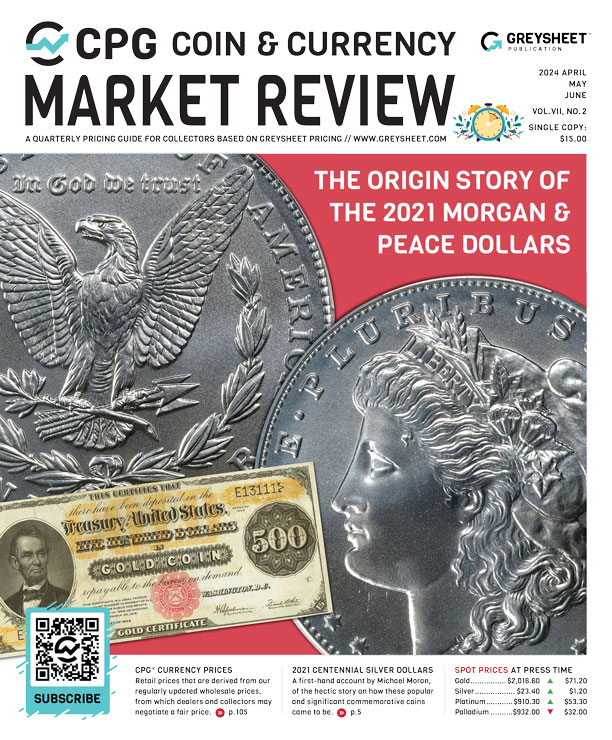
Subscribe to CPG© Coin & Currency Market Review for the industry's most respected pricing and to read more articles just like this.
Source: Greg Reynolds


